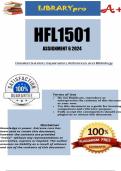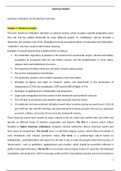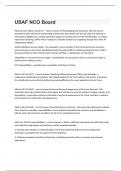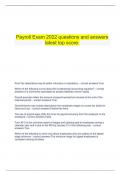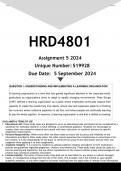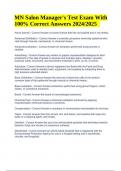Samenvatting
Samenvatting keuzevak psychopharmacology (17/20 eerste zit)
- Instelling
- Thomas More Hogeschool (tmhs)
Volledige en uitgebreide samenvatting van het keuzevak psychopharmacology. De samenvatting is het in Engels, aangezien het vak ook in het Engels gegeven wordt. Dingen die moeilijk uitgelegd werden, heb ik er in het Nederlands bijgezet. Lastig vak met veel leerstof, maar als je op tijd begint met ...
[Meer zien]




